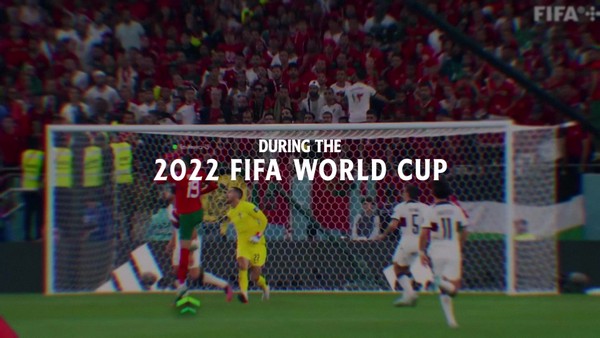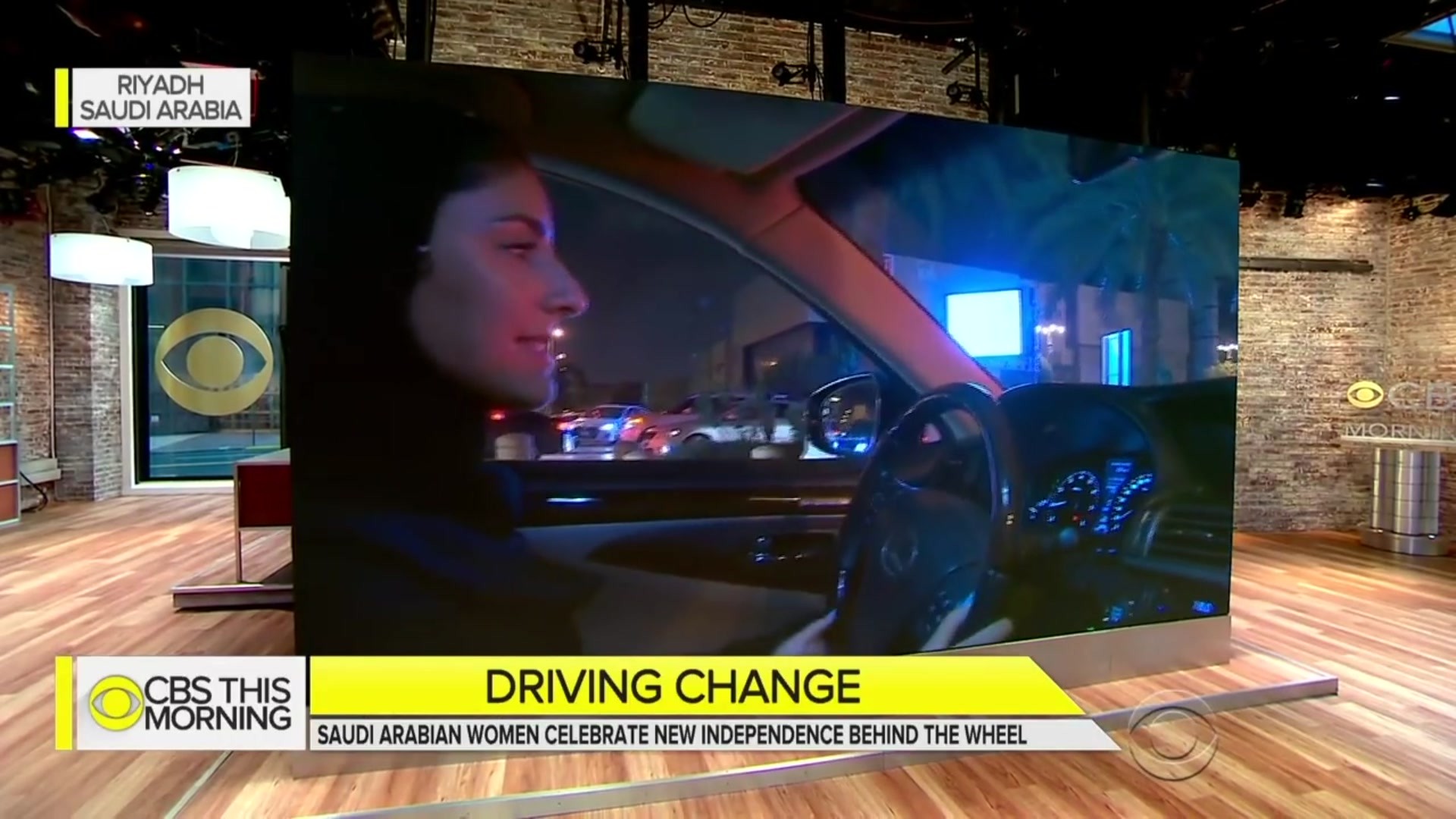Outdoor > Innovation in Outdoor
THE HEINZJACK
FP7 McCANN, Dubai / HEINZ / 2023
Awards:

Overview
Credits
OVERVIEW
Background:
The FIFA World Cup is a huge platform for local and international brands to connect with consumers in innovative and interactive ways. However, due to its worldwide reach and popularity, it's a cluttered space where it's challenging to stand out and disrupt and even more so if the brand is not an official sponsor.
The brief was to connect Heinz Arabia with the World Cup in a smart yet inherent manner – considering that they weren’t an official sponsor of the event – via a disruptive and witty execution with sufficient stature to carry the brand before, during and after the tournament.
Our goal was to ensure Heinz was part of the football conversation, as measured through online engagement rates, media coverage and interaction between Heinz – the billboard, and fans.
Describe the Impact:
Thomas Heinz, our human billboard, became a memorable part of the World Cup and helped make Heinz a memorable partner to the World Cup. Unofficially. For an extremely low budget the brand was able to:
- Reach over 7 million people
- Generate 14m impressions across the various content pieces
- Deliver over 70% engagement
- Give out thousands of prizes to fans
- Earn over $450,000 worth of media coverage which equated to an unprecedented Media ROI of 45:1
Through the number of interactions with Thomas Heinz's both on-ground and online, his presence got fans thinking that Heinz Arabia was a sponsor of the World Cup.
Please outline the innovative elements of the work
Our human billboard was not only completely flexible in terms of movement and location, but he was more engaging than any traditional media ever could be.
Not only did The Heinzjack challenge the limits of where OOH can go, but it also challenged FIFA's strict regulations on advertising.
All it took was one man with his name on a jersey to roam around the World Cup – and he gained far more exposure than all of the actual sponsoring brands of the event did through their paid media.
Is there any cultural context that would help the jury understand how this work was perceived by people in the country where it ran?
A World Cup non-sponsor faces huge restrictions in how it can associate itself with the world up.
Specifically, it means:
1. Brands can’t mention, reference or include the following: “World Cup”, “FIFA World Cup”, “FIFA World Cup 2022”, “Qatar 2022”
2. No advertising or promotion which is not authorised by FIFA can take place in any venues used for the competition or controlled commercial areas within a 2km radius of the stadium. This also includes air space.
3. Brands cannot ambush the World Cup in anyway
4. Brands cannot reference any official football matches held as part of the competition
5. Brands cannot reference or use images that can be perceived to be part of the World Cup. No trophies, no stadium imagery of iconography
Nothing can be used which could be confused with official FIFA brand and competition assets.
More Entries from Ambient Outdoor in Outdoor
24 items
More Entries from FP7 McCANN
24 items



